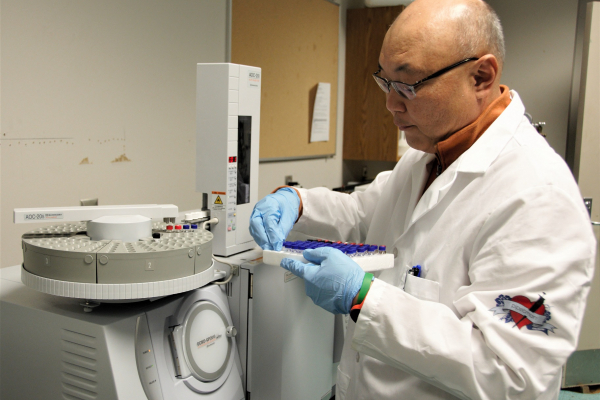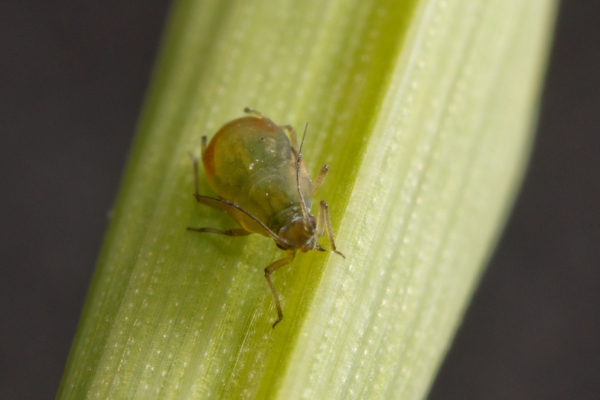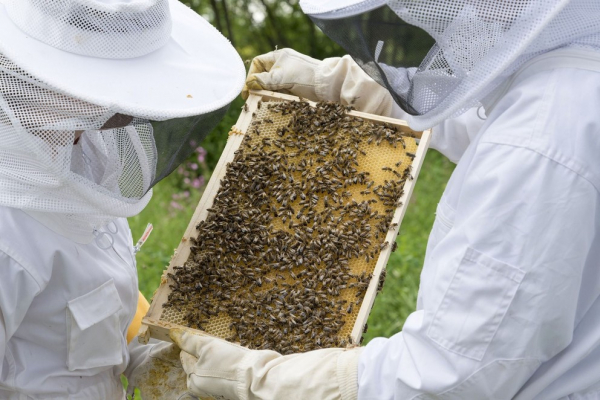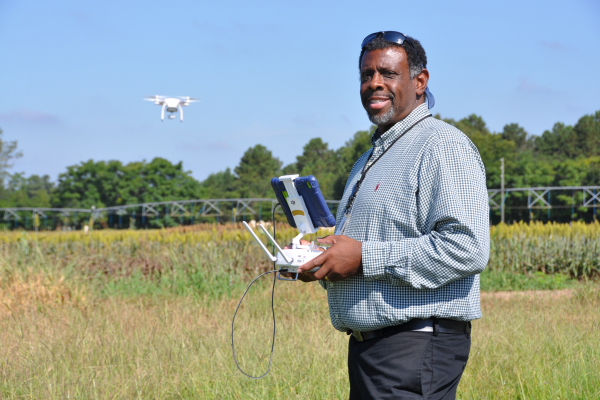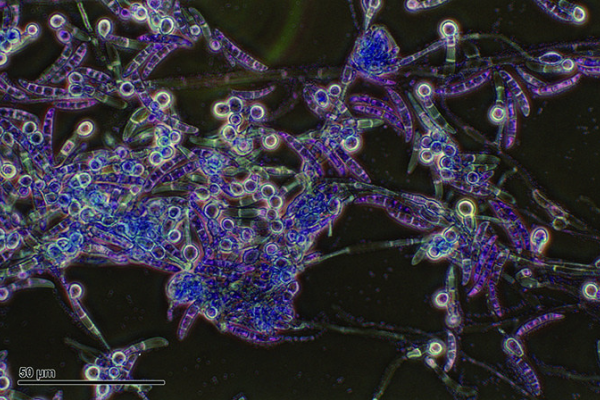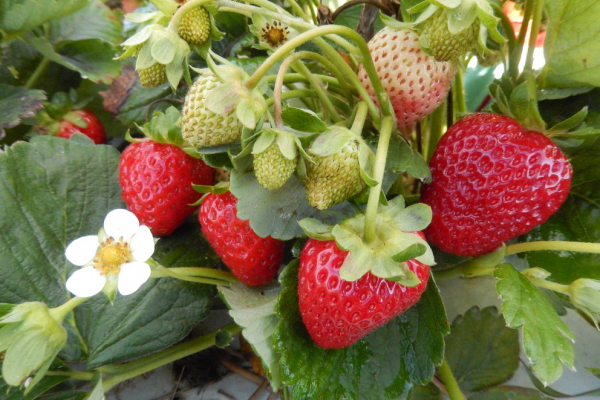
Beef
The U.S. leads the world in beef production. With $64 billion in farm cash receipts in 2016, cattle are the single highest valued commodity in our nation.
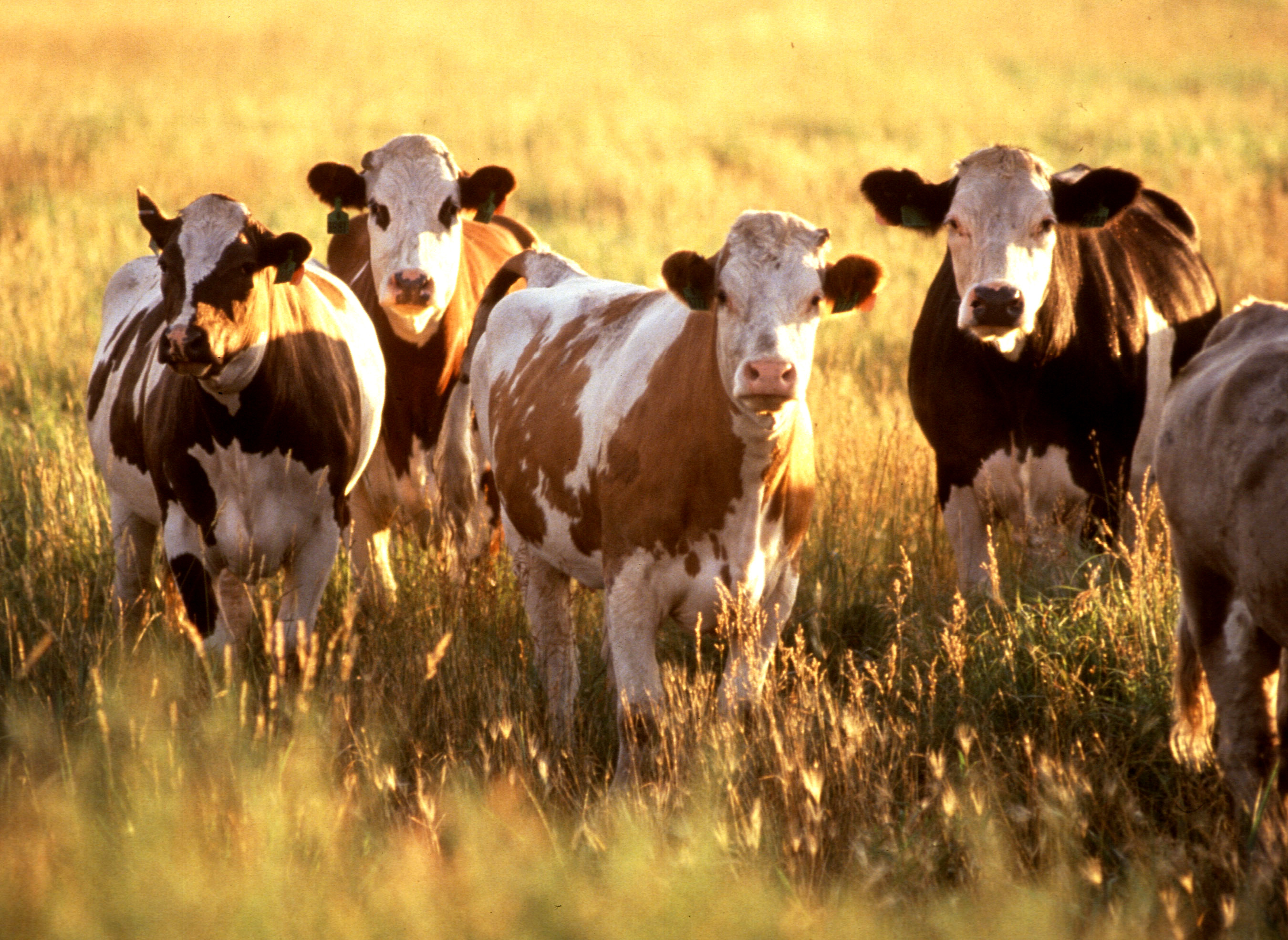
Stories about Beef
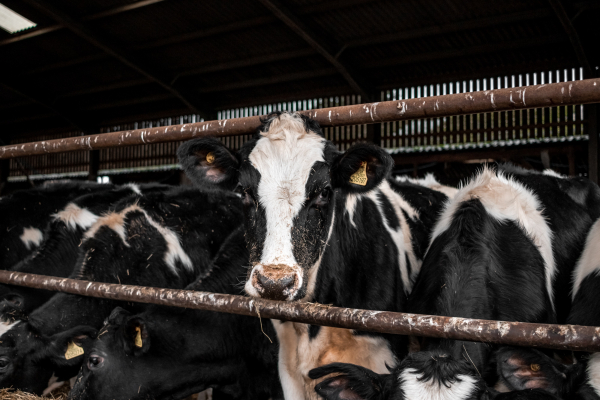
The Human Genome Project accelerated the discovery of disease genes in humans, provided a new...
Read More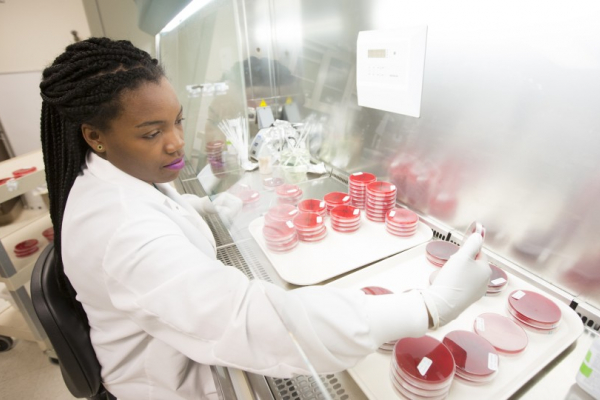 University of Nebraska-Lincoln
University of Nebraska-Lincoln
After making strides in the detection and control of a dangerous microbe that has bedeviled the...
Read More
Dr. Misztal and a team of international researchers are working to simplify genetic analyses for...
Read More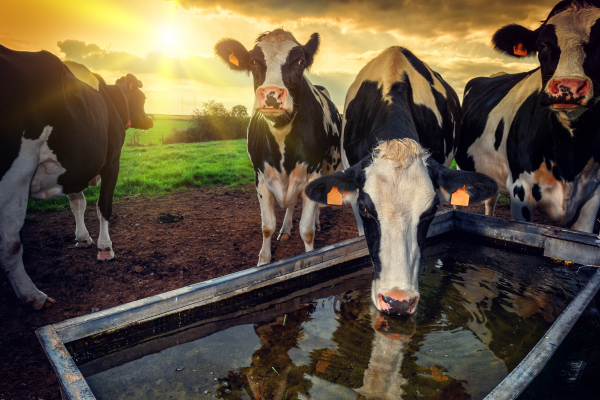 Michigan State University
Michigan State University
For decades, animal breeders have benefited from databases of livestock performance information...
Read More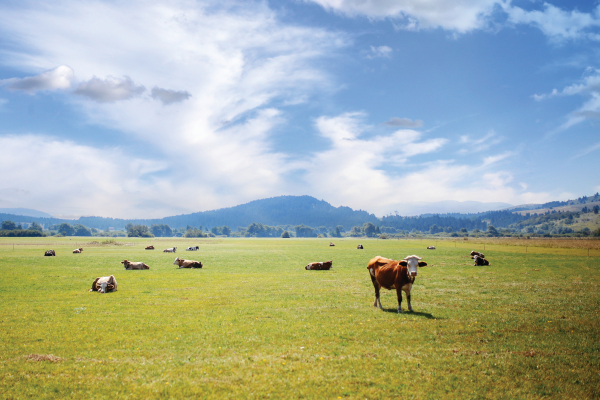 University of Illinois at Urbana-Champaign
University of Illinois at Urbana-Champaign
A change is coming to the cattle seedstock industry. Breed associations have long been interested...
Read More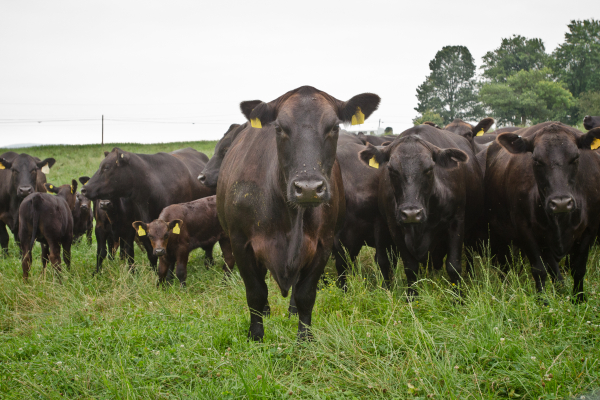 Kansas State University
Kansas State University
One of the lead researchers in a $25 million grant awarded five years ago says the nation’s beef...
Read More University of Wisconsin-Madison
University of Wisconsin-Madison
“On average, only about a quarter of the crude protein in a dairy ration goes to milk,” says...
Read More University of Nebraska-Lincoln
University of Nebraska-Lincoln
A seven-year national research project led by Nebraska scientists will be recognized Oct. 12 for...
Read More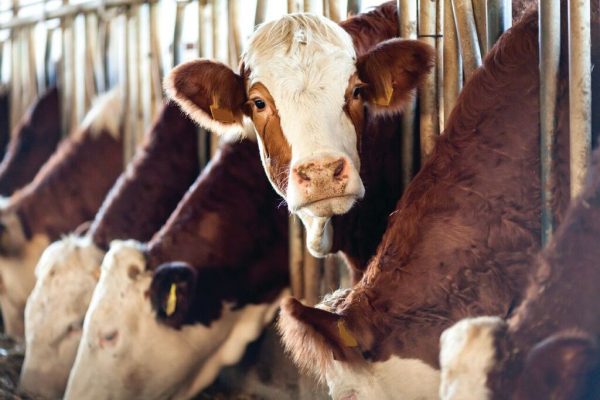 University of Wisconsin-Madison
University of Wisconsin-Madison
When the city girl decides to study lactation, she must first learn to milk a cow. Laura...
Read More
Dr. Myer and his team work to improve the nutrition and feed efficiency of beef cattle. To do so,...
Read More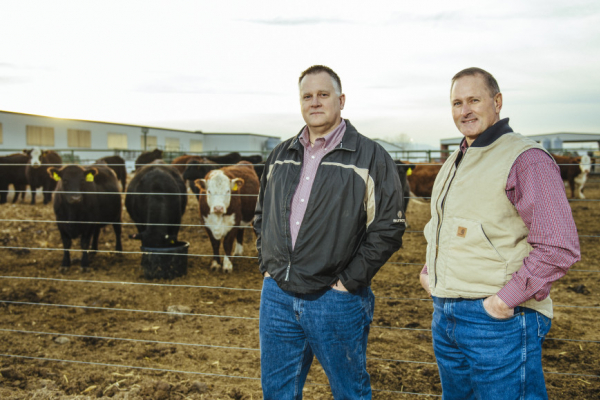 Colorado State University
Colorado State University
Antimicrobial resistant-microbes (AMRs) pose a serious threat to public health. AMRs are found in...
Read More
The leading natural cause of death in beef and dairy cattle is Bovine Respiratory Disease (BRD),...
Read More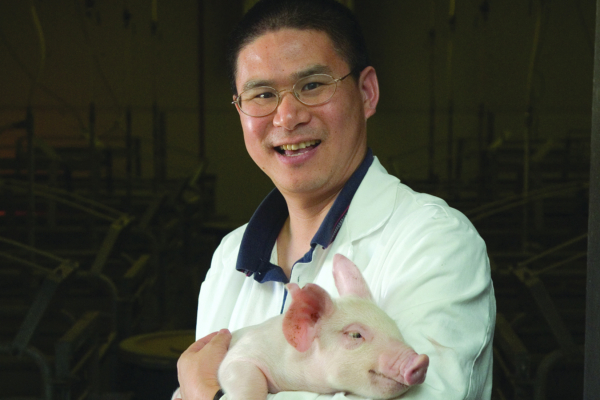 Texas A&M University
Texas A&M University
A 14 percent decline in U.S. consumer meat consumption over the past decade has caused alarm with...
Read More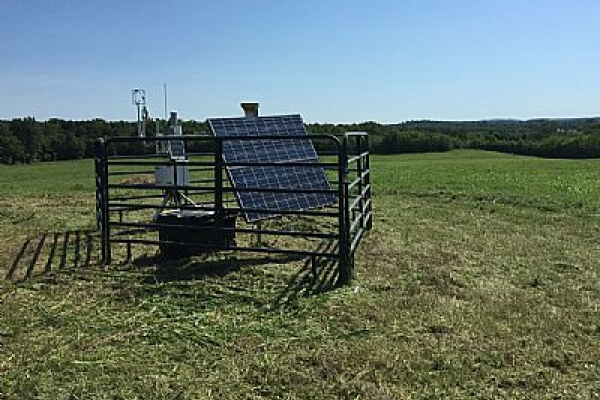 University of Tennessee
University of Tennessee
Across the U.S., there is a growing market for organic forages due to increased consumer demand...
Read MoreWheat
In 2016, wheat generated $8.9 billion in farm cash receipts. Wheat is the third-largest field crop produced in the U.S., the majority of which is used to produce bread flour.
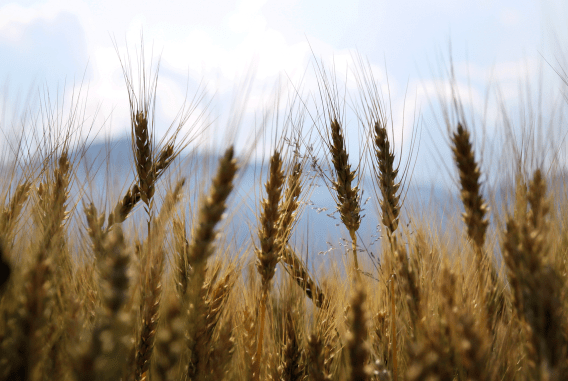
Stories about Wheat
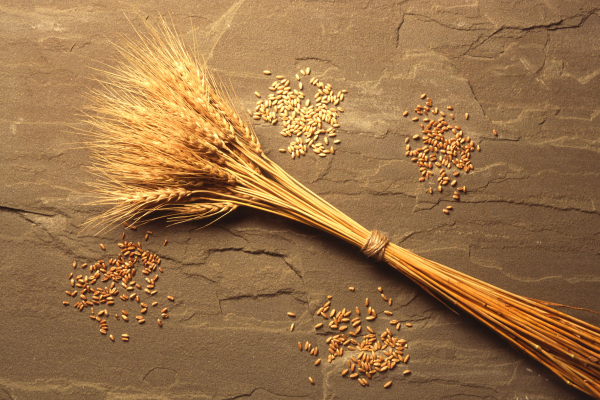 Colorado State University
Colorado State University
As home to one of the nation’s best-known wheat-breeding programs, Colorado State University has...
Read More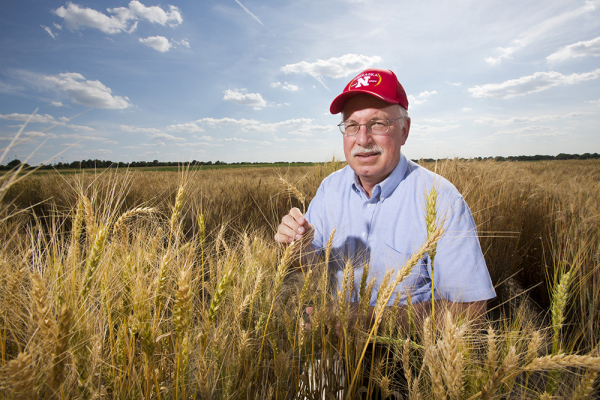
Wheat provides 20 percent of the protein and 20 percent of the calories consumed by humans...
Read More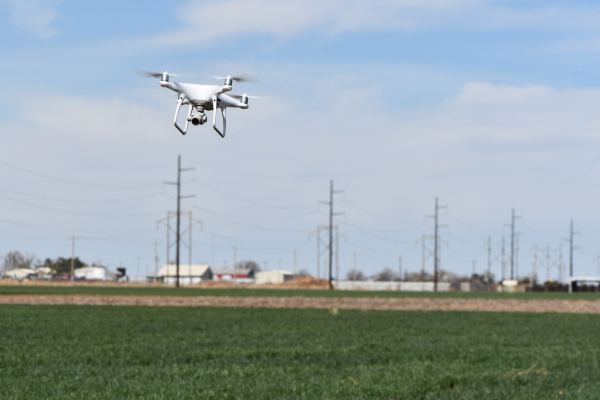 Texas A&M University
Texas A&M University
The Texas A&M AgriLife Research dryland wheat variety nursery near Bushland is being monitored...
Read More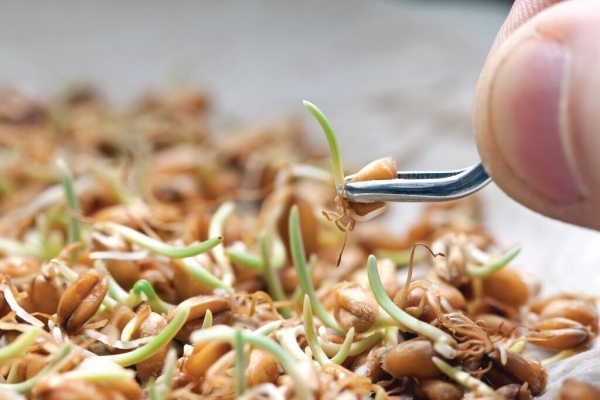 University of California, Davis
University of California, Davis
Fifty years ago, Norman Borlaug toiled for a decade to breed more productive varieties of wheat....
Read More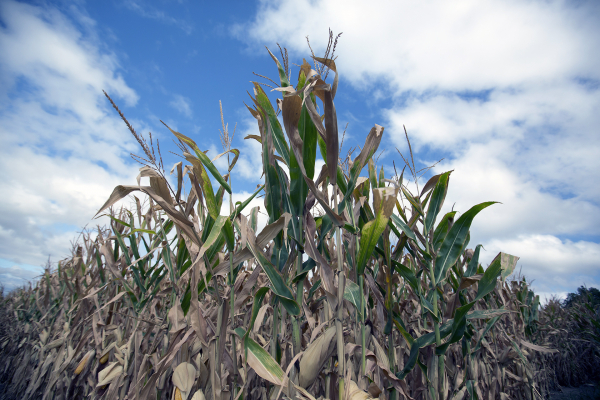 University of Illinois at Urbana-Champaign
University of Illinois at Urbana-Champaign
Scientists now have a new tool to predict the future effects of climate change on crop yields....
Read More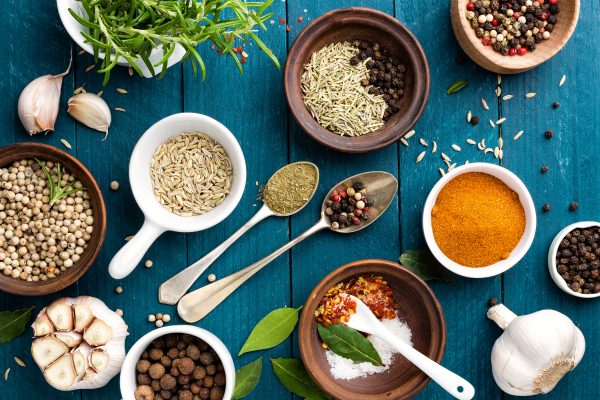 Kansas State University
Kansas State University
Kansas State University scientists are part of a breakthrough study in which an international...
Read More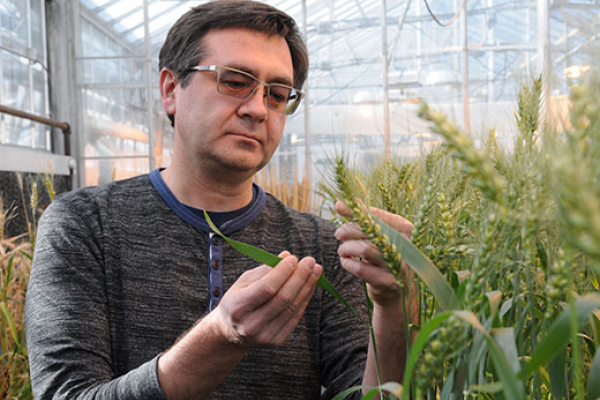 Kansas State University
Kansas State University
Kansas State University researchers say their work to improve genes in wheat varieties using a...
Read More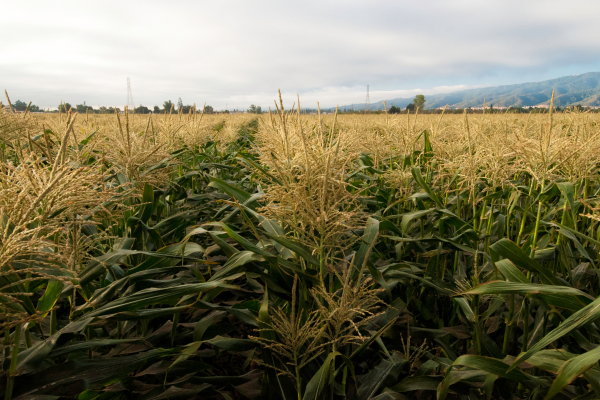 Purdue University
Purdue University
In 1889, a physician studying beriberi (now called thiamin deficiency) discovered that the...
Read More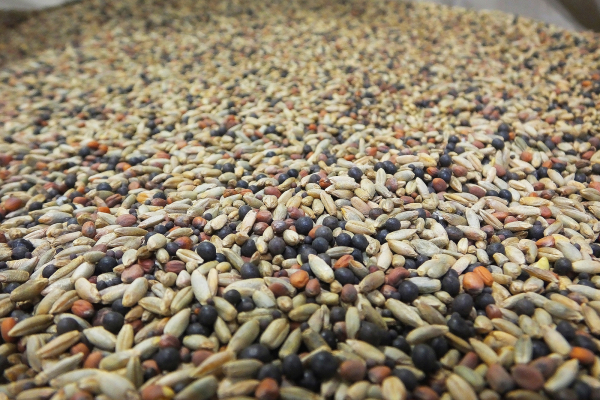 Colorado State University
Colorado State University
Drivers heading south on East Drive or north on Mason Street in Fort Collins may not know that...
Read More Kansas State University
Kansas State University
Kansas State University scientists, in collaboration with the International Wheat Genome...
Read More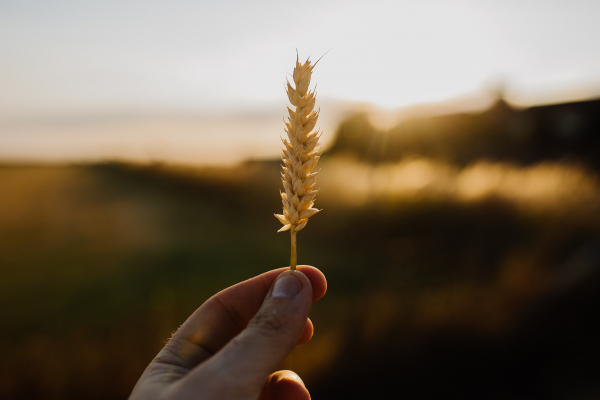
Funded by USDA, the International Wheat Yield Partnership Coordinated Agricultural Project (CAP)...
Read MoreVegetables
Vegetables are part of a balanced daily diet and provide essential nutrients, such as fiber, potassium, vitamins A and C, and folic acid. In 2016, the U.S. produced vegetables with a value of $19 billion.
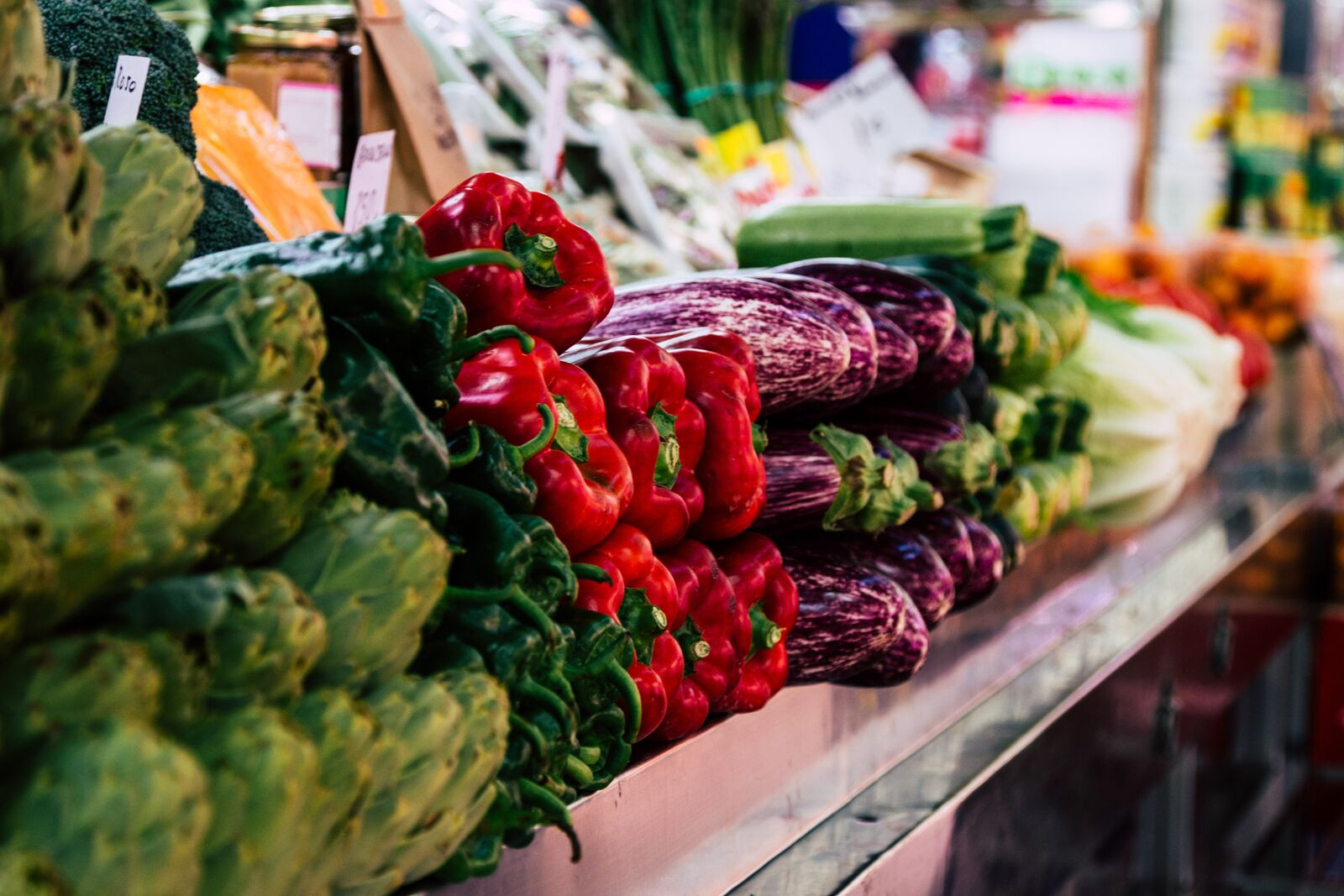
Stories about Vegetables
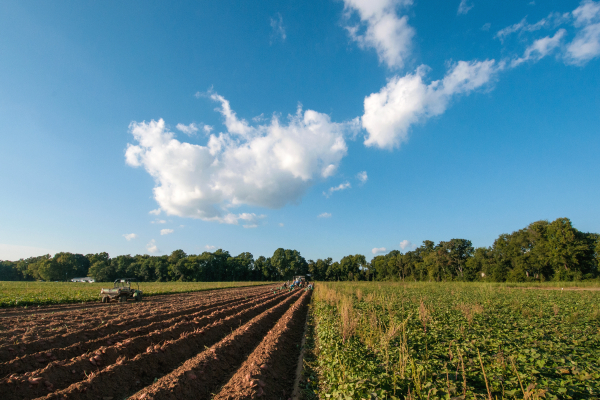 University of California, Davis
University of California, Davis
UC Davis is partnering in a global plant-breeding consortium fighting malnutrition and poverty in...
Read More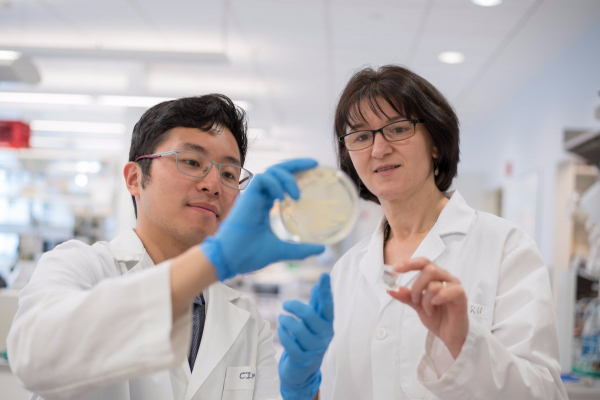 Cornell University
Cornell University
Foodborne illnesses can be caused by food coming in contact with bacteria on surfaces in...
Read More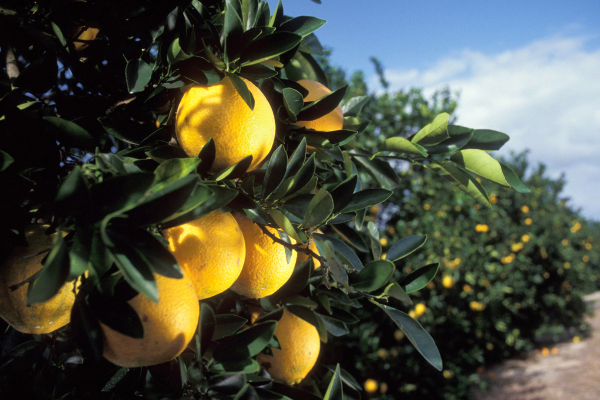 University of Florida
University of Florida
In Florida, agriculture is diversifying. Farmers in the state produce the most oranges,...
Read More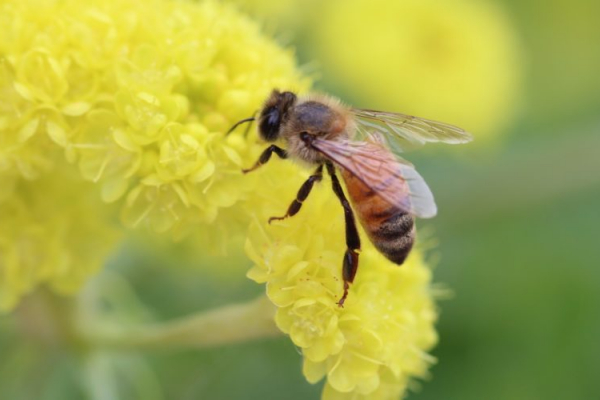 Colorado State University
Colorado State University
Arming Colorado’s beekeepers with new knowledge to improve pollinator health is the goal of...
Read More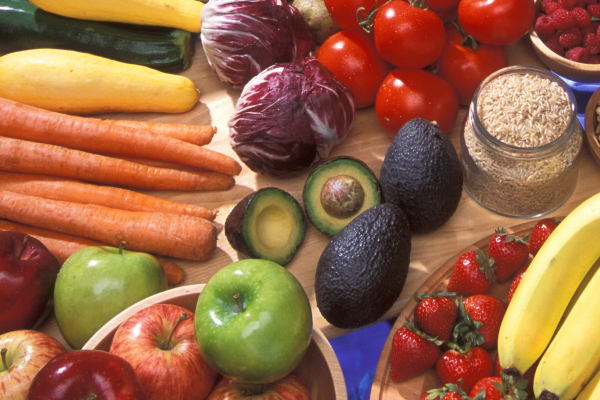 University of Wisconsin-Madison
University of Wisconsin-Madison
The American Heart Association notes a recent study that showed millions of people worldwide...
Read More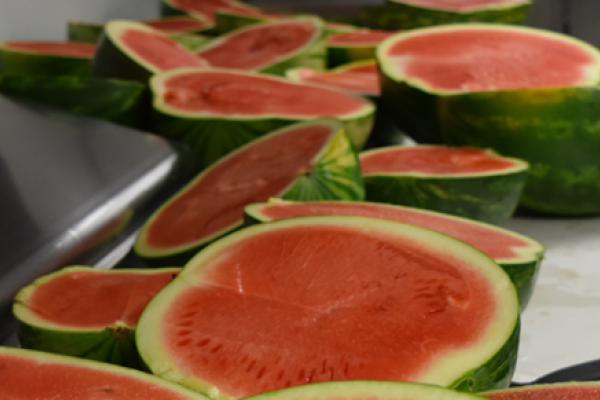 University of Florida
University of Florida
Some people love to eat a juicy, seedless watermelon for a tasty, refreshing snack during a hot,...
Read More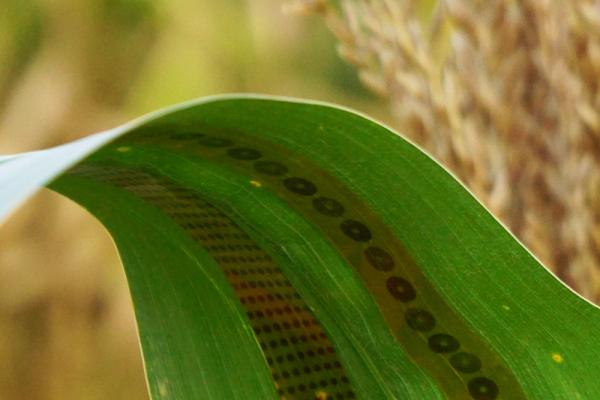 Iowa State University
Iowa State University
Iowa State University plant scientist Patrick Schnable quickly described how he measured the time...
Read More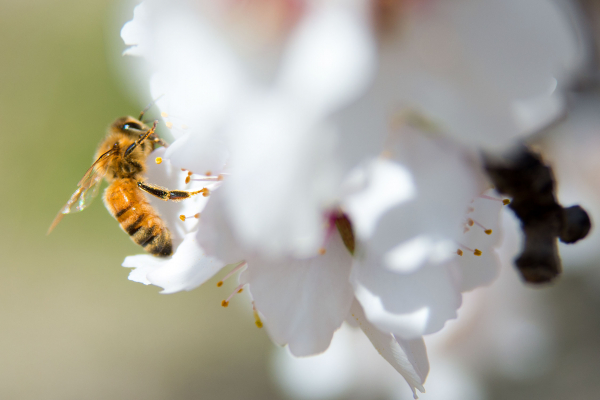 Michigan State University
Michigan State University
Tiny but mighty pollinators are an essential contributor to many of Michigan’s high-value fruits...
Read More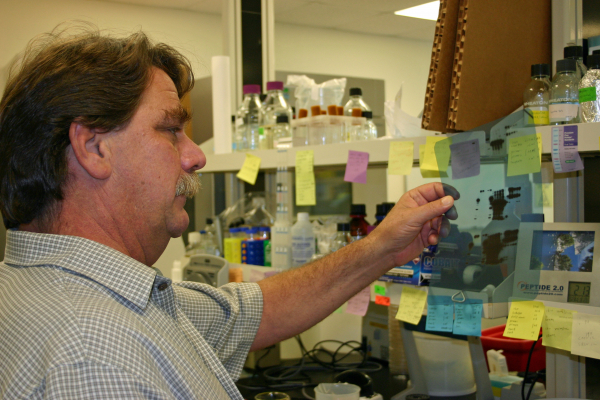 Texas A&M University
Texas A&M University
In a landmark step in the fight against citrus greening disease, the U.S. Environmental...
Read More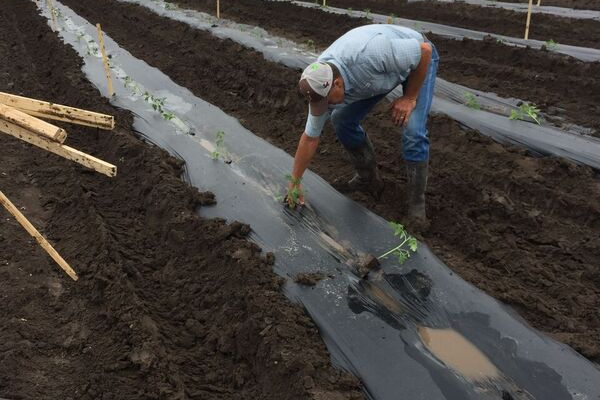 Texas A&M University
Texas A&M University
For more than a half century, the Texas A&M AgriLife Extension Service, in collaboration with a...
Read More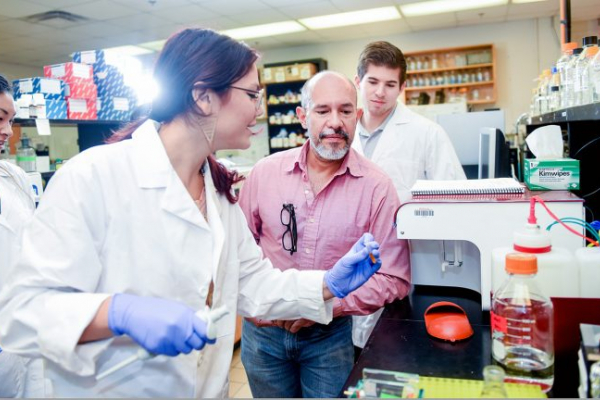 North Carolina State University
North Carolina State University
Cassava is one of the most important crops in Africa. It’s a starchy, potato-like vegetable used...
Read More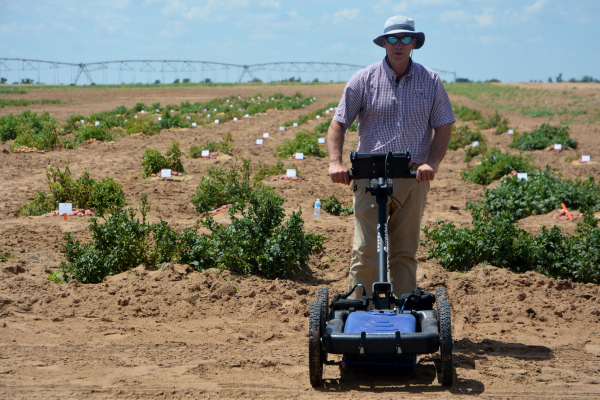 Texas A&M University
Texas A&M University
Ground-penetrating radar might help the potato industry save water, according to Dr. Dirk Hays,...
Read More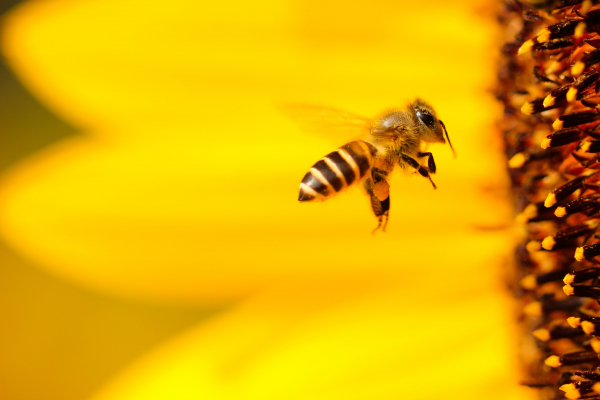
Insect pollinators are essential to U.S. growers of fruits, vegetables, nuts, and seeds. Honey...
Read More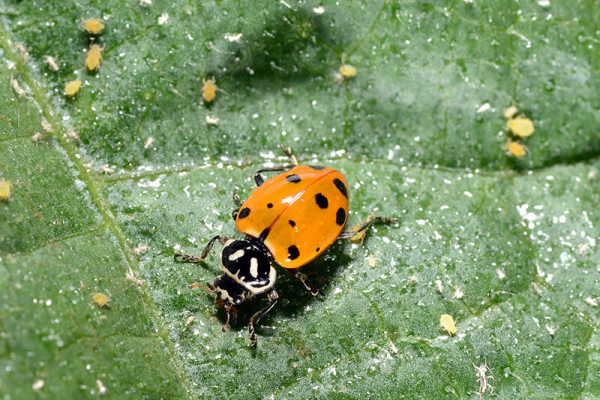 Purdue University
Purdue University
Growers of tomatoes, cucumbers and other vegetables can extend their growing season and increase...
Read More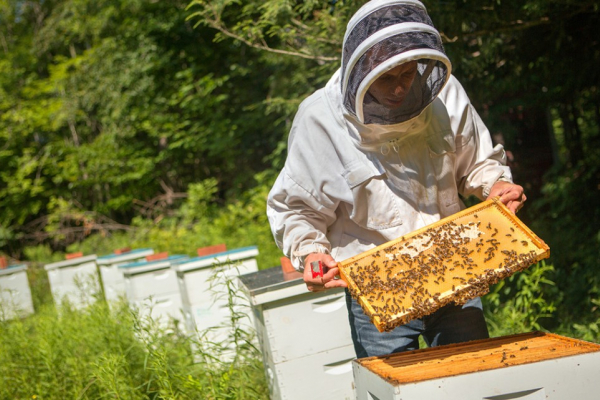 Cornell University
Cornell University
When a Cornell-led team of scientists analyzed two dozen environmental factors to understand...
Read More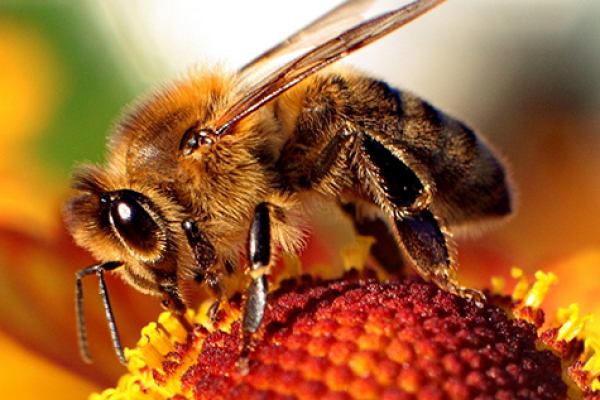 Washington University in St. Louis
Washington University in St. Louis
Asked to name one way people have changed the environment, many people would probably say “global...
Read More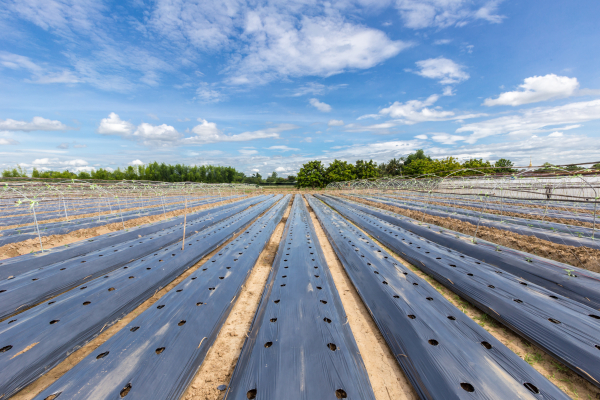
Vegetable and fruit growers pay for a lot of plastic – $3.4 billion in worldwide sales in 2017....
Read More North Carolina State University
North Carolina State University
A recent news story by the U.S. Department of Agriculture acknowledged an NC State research and...
Read More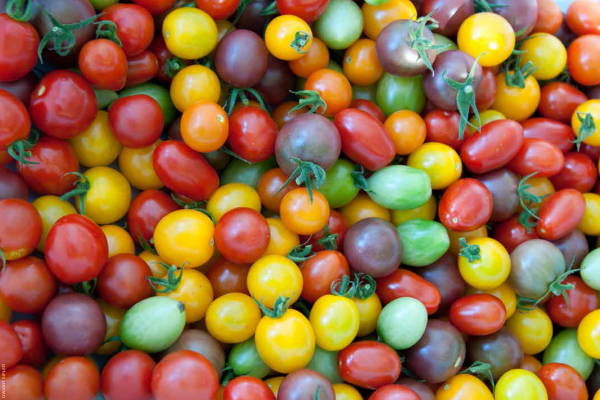 Cornell University
Cornell University
From fried green tomatoes to pizza pie, the world savors the tomato across many stages of...
Read More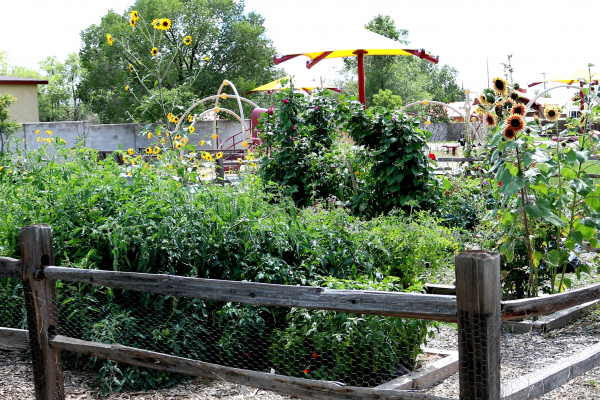 New Mexico State University
New Mexico State University
With increased awareness that misuse of synthetic pesticides are a health risk, the...
Read More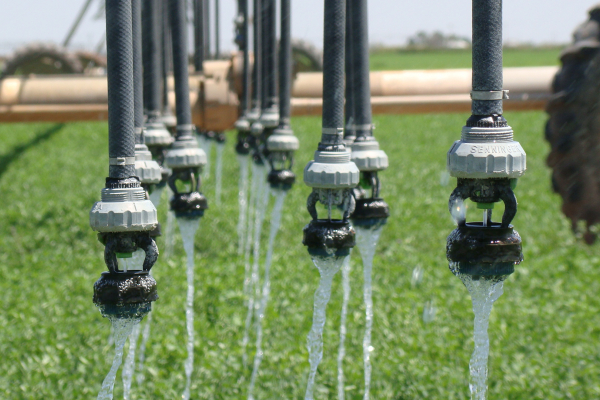 New Mexico State University
New Mexico State University
Southeastern New Mexico is facing water scarcity issues, and with an increased demand for...
Read More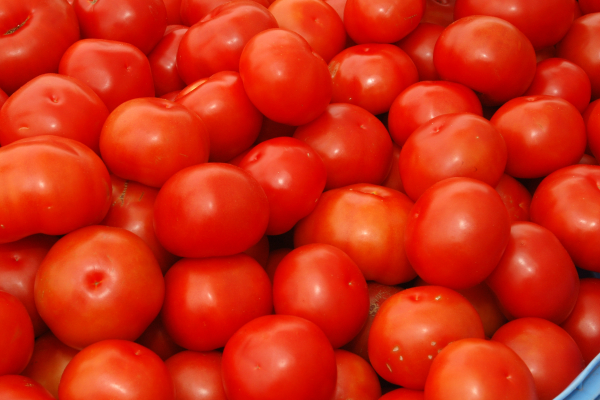 Washington University in St. Louis
Washington University in St. Louis
In a sneak attack, some pathogenic microbes manipulate plant hormones to gain access to their...
Read More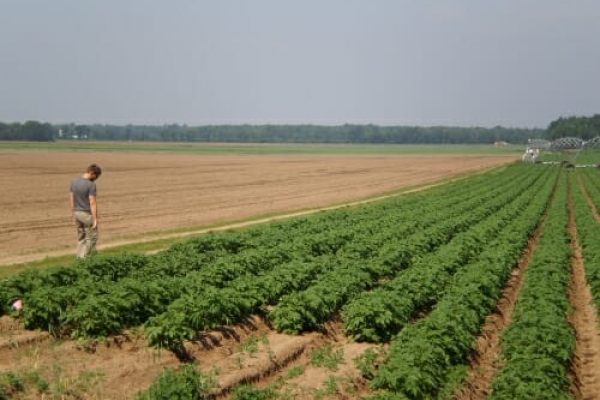 University of Wisconsin-Madison
University of Wisconsin-Madison
The Colorado potato beetle is notorious for its role in starting the pesticide industry — and for...
Read More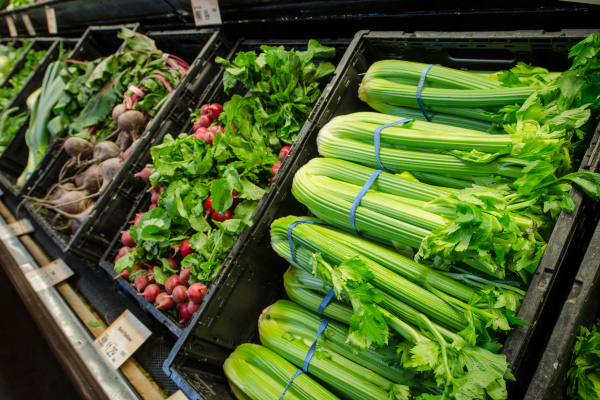 University of California, Davis
University of California, Davis
Dr. Nitin and his team are discovering multiple techniques to minimize cross-contamination, which...
Read More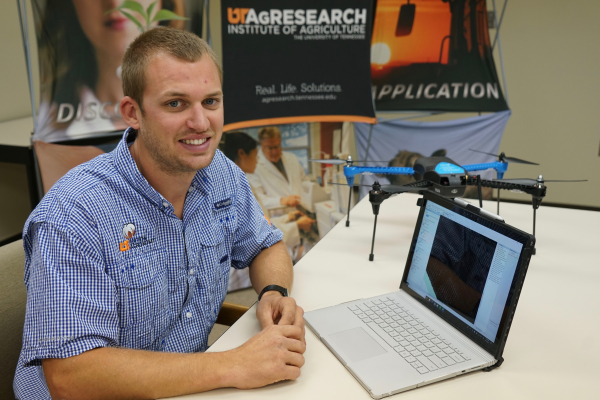 University of Tennessee
University of Tennessee
UT Institute of Agriculture Study Shows Devices May Improve Plant Stand Assessment
Read More Colorado State University
Colorado State University
Drivers heading south on East Drive or north on Mason Street in Fort Collins may not know that...
Read More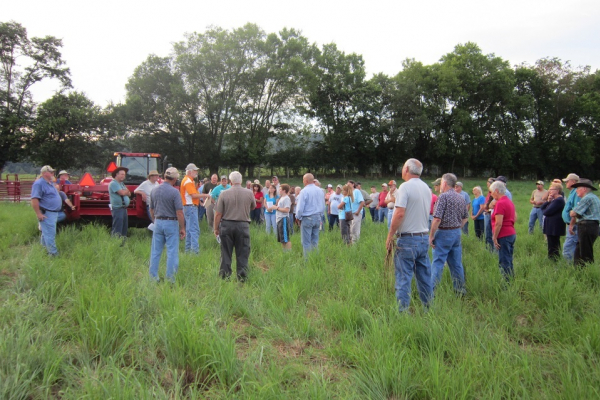 University of Tennessee
University of Tennessee
Study Will Focus on Eastern U.S. Soil Health and Producer Success
Read MoreDairy
Dairy products are an excellent source of nutrients, vitamin D, and protein and are associated with better bone health, especially in children. Valued at $35 billion, there are over 40,000 dairy farms in the U.S.

Stories about Dairy
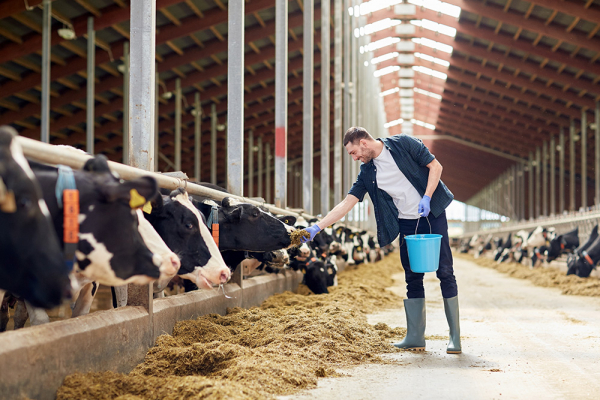
The dairy industry is committed to reducing GHGs associated with milk production. The researchers...
Read More
Dr. Misztal and a team of international researchers are working to simplify genetic analyses for...
Read More Michigan State University
Michigan State University
For decades, animal breeders have benefited from databases of livestock performance information...
Read More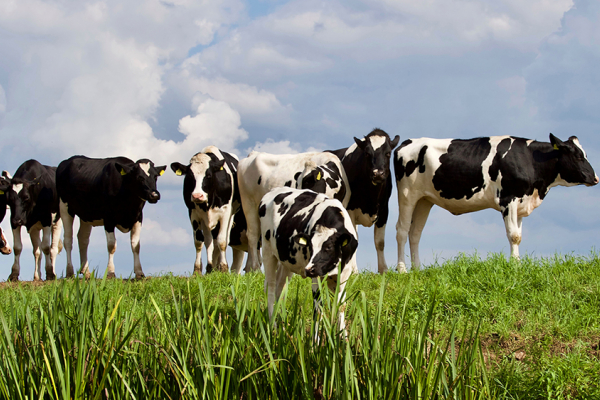
Dr. White focuses on precision animal nutrition to improve livestock health and the efficiency of...
Read More University of Wisconsin-Madison
University of Wisconsin-Madison
“On average, only about a quarter of the crude protein in a dairy ration goes to milk,” says...
Read More University of Wisconsin-Madison
University of Wisconsin-Madison
When the city girl decides to study lactation, she must first learn to milk a cow. Laura...
Read More Purdue University
Purdue University
A rapid heating and cooling of milk significantly reduces the amount of harmful bacteria present,...
Read More Colorado State University
Colorado State University
Antimicrobial resistant-microbes (AMRs) pose a serious threat to public health. AMRs are found in...
Read MorePotatoes
Potatoes are the leading vegetable crop in the U.S., contributing about 15% of farm sales receipts for vegetables. Over half of potato sales go to processors for chips, french fries, and other products; the remainder goes to the fresh market.
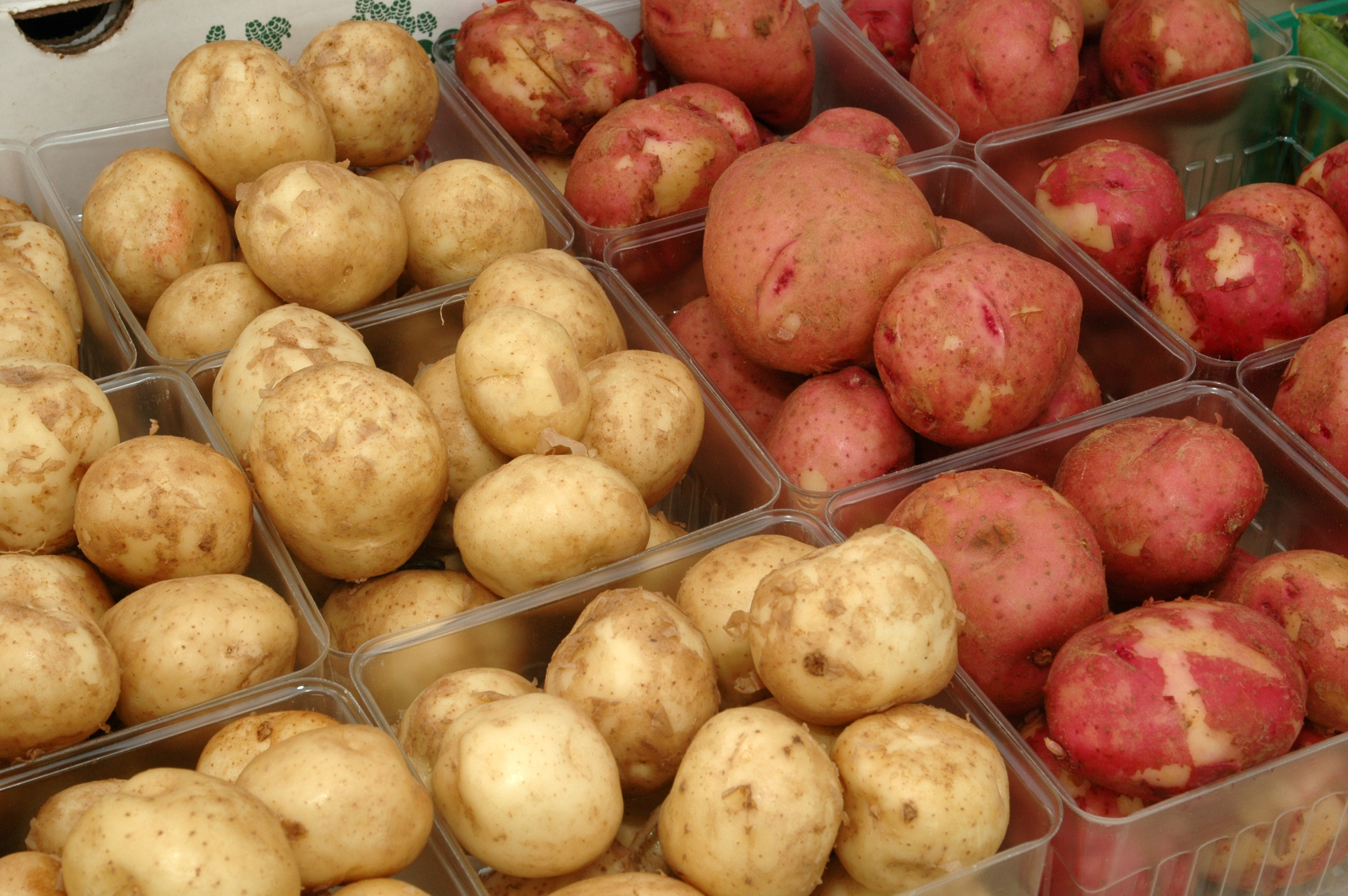
Stories about Potatoes
 Michigan State University
Michigan State University
Tiny but mighty pollinators are an essential contributor to many of Michigan’s high-value fruits...
Read More Texas A&M University
Texas A&M University
Ground-penetrating radar might help the potato industry save water, according to Dr. Dirk Hays,...
Read More University of Wisconsin-Madison
University of Wisconsin-Madison
The Colorado potato beetle is notorious for its role in starting the pesticide industry — and for...
Read MoreStrawberries
Strawberries are rich in the essential nutrients vitamin C, potassium, folic acid, and fiber. The 4th top-selling fruit in the U.S., California produces 91% of U.S. strawberries, while Florida accounts for 9%, mainly in the winter months.
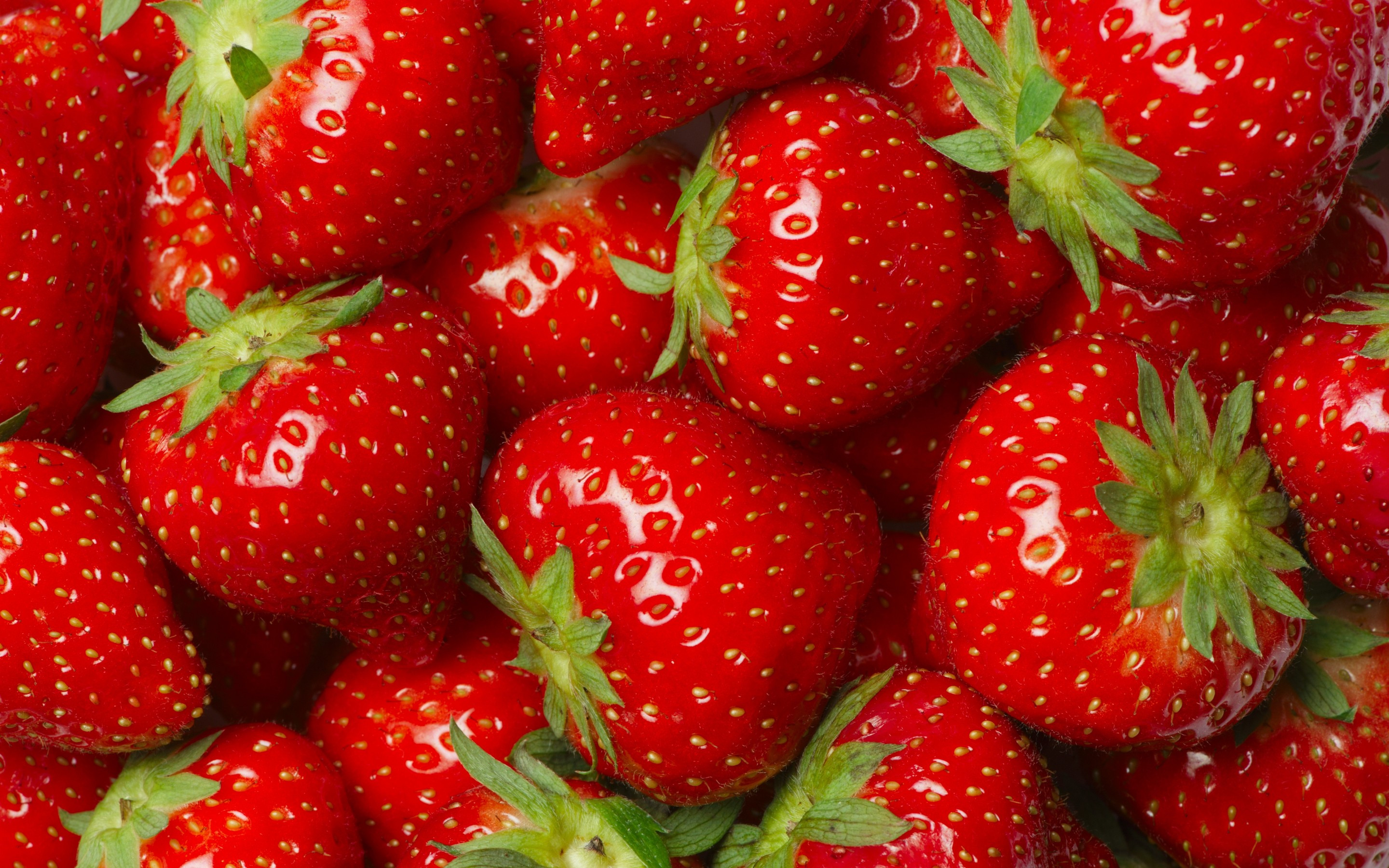
Stories about Strawberries
 North Carolina State University
North Carolina State University
A recent news story by the U.S. Department of Agriculture acknowledged an NC State research and...
Read More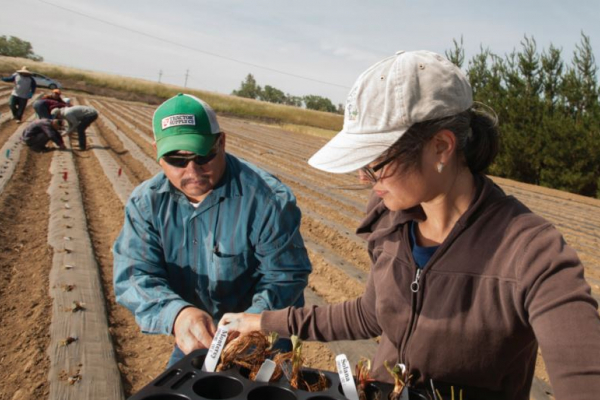 University of California, Davis
University of California, Davis
Strawberry farmers and industry leaders say new science, education, and collaborations underway...
Read More